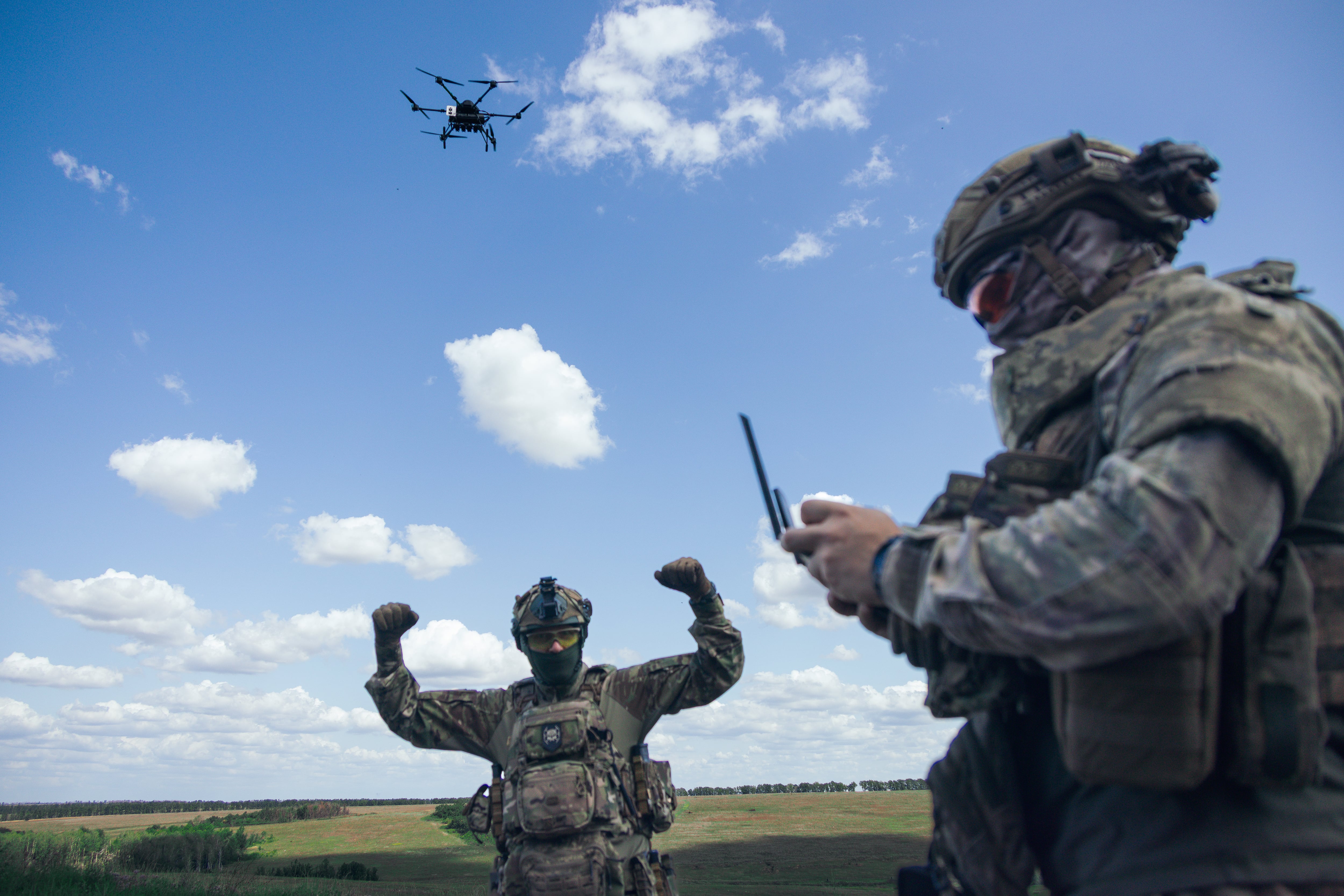The Air Force may be forced to keep operating its already half-century-old Minuteman III nuclear missiles until 2050, as the replacement Sentinel program continues to run into delays, government auditors said Wednesday.
The service had previously expected the Minuteman III intercontinental ballistic missile to reach the end of its service in 2036, the Government Accountability Office said in its report, “ICBM Modernization: Air Force Actions Needed to Expeditiously Address Critical Risks to Sentinel Transition.”
But in the four years since that assessment was made, the LGM-35A Sentinel program has run into a series of developmental snags and severe projected cost overruns.
Minuteman III currently makes up the land-based portion of the nation’s nuclear triad, with 400 missiles deployed across roughly 450 silos in Wyoming, Montana, North Dakota, Colorado and Nebraska.
Those missiles are now at least half a century old and their time is running out, prompting the Air Force to contract with Northrop Grumman in 2020 to build the Sentinel successor. That program was originally expected to cost $77.7 billion.
That estimate proved to be wildly optimistic, and projected future costs of Sentinel began to spiral. GAO said that the Pentagon concluded an unrealistic delivery schedule, ineffective systems engineering, incomplete basic system design and an atrophied ICBM industrial base all caused the cost overruns.
In January 2024, Sentinel’s cost overruns led the government to declare a Nunn-McCurdy breach and a restructuring of the program. The Pentagon said in July 2024 that Sentinel was on a path to costing $160 billion. But even a restructured program will still cost at least $140 billion — roughly 81% higher than the original cost estimate.
Sentinel was originally expected to reach initial operational capability in 2029, but is now slipping years behind schedule as problems emerge. Earlier this spring, for example, the Air Force confirmed it will have to dig entirely new silos for the Sentinel missiles, because the existing Minuteman III silos are not in good enough shape to reuse.
No rest for Minuteman III
In the face of those delays, GAO said, the Air Force’s Minuteman III program office took another look at the program and concluded it is feasible to keep it running for 25 more years.
But doing so will not be easy. Minuteman IIIs were first deployed at hundreds of Air Force silos across the Plains region in the early 1970s, and at the time, they were expected to be operational for about a decade. If they stay in operation until about 2050, they will have a service life of at least 75 years.
That will present multiple sustainment challenges, as obsolete spare parts dwindle and components such as diodes, resisters and capacitors deteriorate, GAO said. And as spare parts supplies diminish, the report said, it will be harder to conduct Minuteman III’s flight tests.
The Air Force regularly conducts test flights of unarmed Minuteman III missiles several times a year to ensure they stay reliable and accurate, as well as demonstrating the United States’ nuclear deterrent to nations around the world.
The Air Force was already considering extending Minuteman III test launches past 2030, GAO said. However, with the ICBMs possibly staying online until 2050, those flight tests could continue through 2045. To conserve spare parts for flight tests, GAO said, the Air Force has received permission to conduct fewer tests annually.
Minuteman IIIs also could be converted to a multiple-warhead configuration to help alleviate the problems from Sentinel’s delays in the meantime, the report said. Today’s ICBMs now hold one nuclear warhead each.
But under a MIRV, or Multiple Independently Targetable Reentry Vehicle, configuration, the missiles could carry up to three nuclear warheads. This would allow a single Minuteman III to strike more targets and maintain the program’s deterrent effect, even if the overall number of missiles goes down.
GAO said Air Force Global Strike Command, which oversees the nation’s ICBM force, would be able to switch Minuteman IIIs to MIRV configuration. But it would require a policy change from the government, Global Strike told GAO, and the command’s leadership prefers to have as much lead time as possible to carry out such a logistically complex project.
GAO advised the Air Force to prepare a report on the risks associated with transitioning from Minuteman III to Sentinel, outlining how it will address the sustainment risks of operating the older ICBMs for years longer than expected. The Air Force should also consider the personnel and materiel implications of switching Minuteman III ICBMs to a MIRV configuration, if that choice is made, GAO said.
The Air Force agreed with GAO’s recommendations.
Stephen Losey is the air warfare reporter for Defense News. He previously covered leadership and personnel issues at Air Force Times, and the Pentagon, special operations and air warfare at Military.com. He has traveled to the Middle East to cover U.S. Air Force operations.





